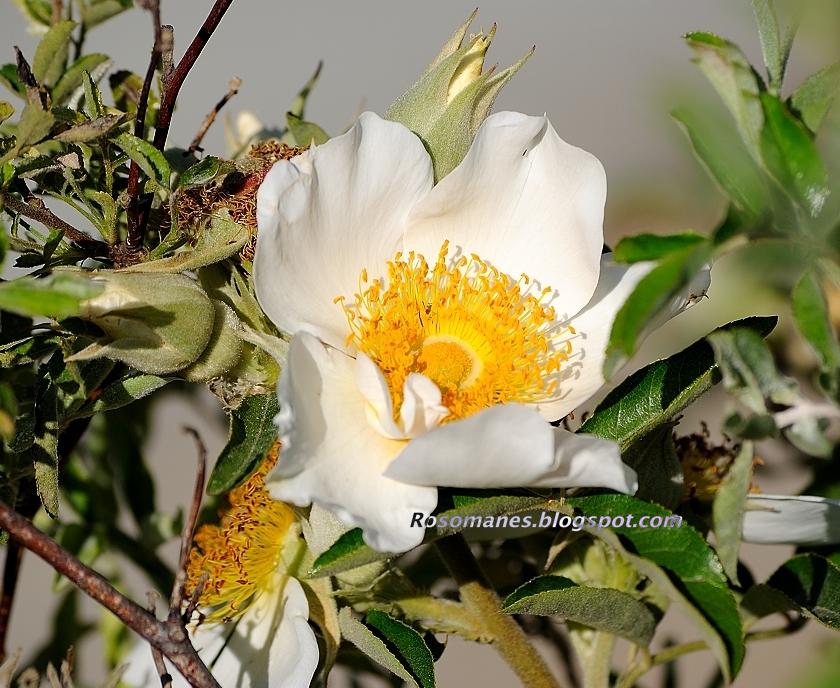I would like to offer a few observations on some of my rare roses. I feel that now is the time to write this post because
Vintage Gardens, the nursery with the largest rose collection in the US, has recently announced that it will be winding up its business and stay open only for the next two years. I know some of you may be looking through their inventory for a last chance to get a rare rose, so I hope this will be helpful.
Dame Edith Helen is a hybrid tea bred by Alexander Dickson II in England at the turn of the century.

I didn't expect much vigor from a classic own-root hybrid tea, so I put it in a pot and made sure it got lots of water and fertilizer. It is now in its second year. You can see it is the stiffly upright growth habit which is a fault of many roses in this class.
The blooms however are a joy, very full petalled and extremely fragrant. Even though Vintage says it is "shy of bloom", my cosseted plant has been blooming regularly and well. In my opinion, this rose should be a prime cutting-garden candidate.
Taischa is a hybrid tea bred at Vintage Gardens from Rêve d'Or and Lavender Pinocchio. I received it this past winter. The rose had a bout of rose spring dwarf but since has recovered nicely.
It has been growing vigorously with regular flushes on bloom.
 |
| Second flush of bloom showing little color. The blooms still had trouble opening. |
The blooms have a lot of petals and the little plant has had trouble producing high quality blooms so far although I can see color improving considerably from the second to the third flush (the first flush wouldn't even open).
 |
| Current flush. Much better color, and the blooms have all been opening. Lots of thrip damage on blooms so far. |
I am looking forward to seeing how it does in its second year. The rose is recommended for hot climates because of its high petal count.
Etoile de Feu is a turn-of-the-century Pernetiana from the French breeder Joseph Pernet-Ducher.
 |
| Etoile de Feu at the San Jose Heritage Rose Garden |
It is a very small rose with unusually colored softly orange blooms. I love the blowsy petals and the strong fruity-tea fragrance. The rose is very short, but well branched and has very healthy glossy foliage. I can find no faults with it so far.
 Hermann Lindecke
Hermann Lindecke, yet another turn-of-the-century hybrid tea (I am beginning to see a pattern to my rose obsession). This was a pure impulse purchase - I bought it simply because at the time I knew of no one else who grew this rose :).
I can't say a lot about its growth because I recently discovered that it hasn't been getting enough water most of the year and it is only now coming out of dormancy forced on it by my inadvertent lack of care. The blooms are large, and I like the contrast of silvery pink petals with bright pink reverses. The blooms have a strong tea fragrance.
 Cynthia Brooke
Cynthia Brooke is a Sam McGredy rose bred 1943. I bought it for its lovely cabbage-like blooms in a warm orangey yellow.
It has a strong fragrance and blooms a lot for such a tiny plant (I got it this past winter). It does get heat-stressed in my yard, so partial shade in the afternoon would probably be best for it in my climate. The blooms have a strong tea fragrance, and the plant itself is bushy and compact so far, with no foliage diseases.












































